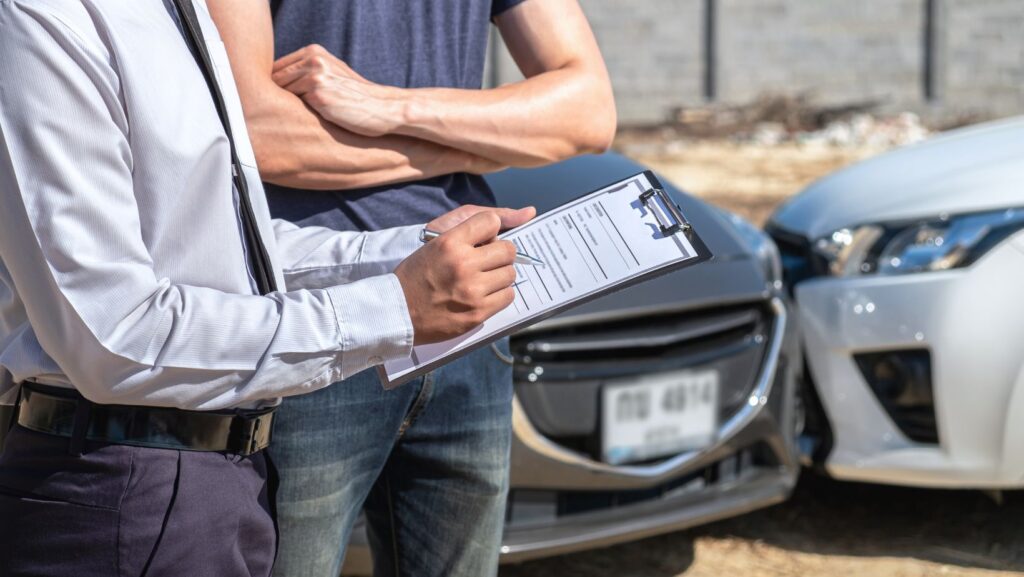Car accidents aren’t just a hassle—they can be life-changing. When the dust settles, there’s always one big question: Who’s at fault? Answering that isn’t always straightforward, and without the right strategy, things can get complicated fast.
However, car accident lawyers handle this complex process daily, piecing together clues and making sense of the mess. From gathering witness statements to analyzing police reports and vehicle damage, they leave no stone unturned. Car accident lawyers specialize in injury lawsuits, ensuring that every detail is carefully examined to strengthen your case.
Perhaps we can say that it’s a step-by-step process that goes way beyond just pointing fingers. Curious to see how fault is proven? Stick around as we break down how lawyers build strong cases in car accidents.
Evidence Collection
Evidence collection is the first and most crucial step in proving fault in car accident cases. It’s about gathering every possible detail to create a clear story of how the accident happened. Every photo, witness account, and document matters because these small details can become powerful proof in court.
For example, imagine a car accident in Virginia. A driver is rear-ended at a stoplight in Arlington. In this case, photos of the car damage and skid marks on the road can help a Virginia car accident lawyer show that the other driver didn’t brake in time. They also rely on police reports, witness statements, and medical records, adding even more support to prove the other driver was at fault.
By working with a reputed and reliable Virginia lawyer, the injured party or victims can protect themselves and even claim for the rightful compensation.
Interviewing Witnesses
Witnesses can be a goldmine of information in car accident cases. If someone saw the crash unfold, their testimony can help pinpoint exactly who caused the accident. Lawyers often start by identifying potential witnesses, such as bystanders, other drivers, or passengers involved in the accident.
But just talking to them isn’t enough—lawyers use strategic questioning to ensure witnesses remember events accurately and without bias. It’s because they understand that sometimes, memories can fade or details become fuzzy over time. In these cases, lawyers might consult professional investigators or even use depositions to document witness statements formally.
By preserving these testimonies early, they build a case with first-hand accounts that support the evidence collected from the scene.
Using Technology
Technology plays a huge role in proving fault. Surveillance footage from traffic cameras or nearby businesses can provide a second-by-second breakdown of the accident. Lawyers can subpoena these videos if they’re not immediately accessible. These recordings are often straightforward, capturing vehicle speeds, signal changes, and even traffic conditions, making it harder for the at-fault driver to argue otherwise.

Another valuable resource is the crash data from the vehicles themselves. Most modern cars come equipped with Event Data Recorders (EDRs), often known as “black boxes,” which capture details like speed, braking, and acceleration patterns seconds before a crash. Accessing this data gives lawyers scientific evidence that supports or challenges the accounts of drivers and witnesses.
By combining tech resources like surveillance and crash data, lawyers can build a case rooted in hard facts rather than assumptions.
Reconstructing the Accident
Accident reconstruction is where science meets storytelling. Experienced reconstruction experts analyze physical evidence, data from EDRs, and witness statements to build a timeline of the events. Lawyers often work closely with these experts to pinpoint how the accident happened and who was responsible.
This process often includes recreating the collision’s impact, calculating angles, and assessing speeds, all of which help illustrate the incident in a court-friendly format.
Accident reconstruction is especially helpful when the case reaches court. Lawyers can present clear visual aids, like animations or diagrams, to help the jury understand the complexity of the crash. These visualizations often clarify points that could be confusing, allowing the jury to see how certain factors, like speeding or distracted driving, contributed to the accident.
Navigating Comparative Fault
Not all accidents are black and white—sometimes, both drivers share some responsibility. In these situations, lawyers must navigate the concept of comparative fault. This legal principle allows blame to be distributed based on each party’s level of responsibility.

For example, if one driver was speeding and the other made an illegal turn, both might hold some fault, but their percentages of responsibility could differ.
Lawyers carefully analyze how much fault each party might bear and present arguments to minimize their client’s share of liability. In states that use “modified comparative fault,” if a driver is more than 50% responsible, they might not recover any damages. Lawyers understand these nuances and work to present evidence in a way that either reduces or deflects fault from their clients.
To Sum It All Up
Proving fault in car accidents isn’t simple—it’s a layered process that demands meticulous attention to detail, a deep understanding of the law, and strategic use of technology and expertise. Car accident lawyers are skilled at this, thanks to years of experience and numerous cases they encounter every day. Their ultimate goal? To build a compelling, airtight case that clarifies who is at fault and helps clients receive the compensation they deserve.


